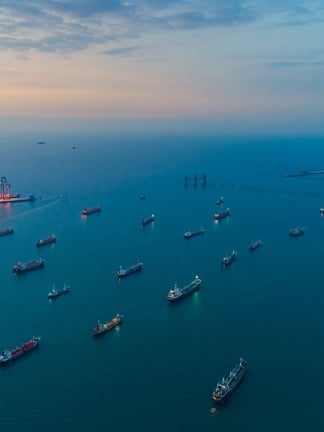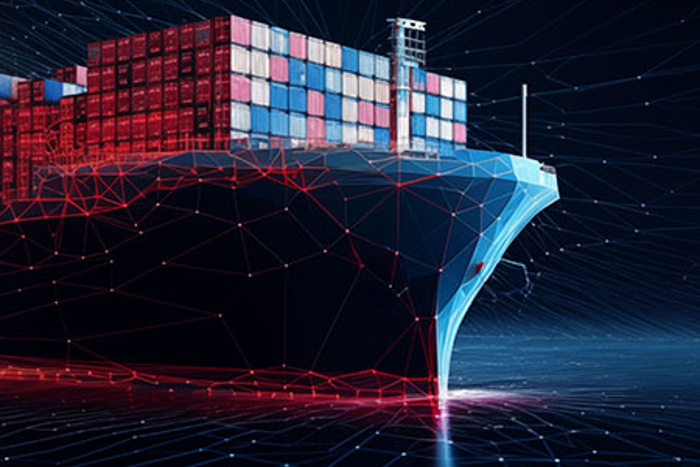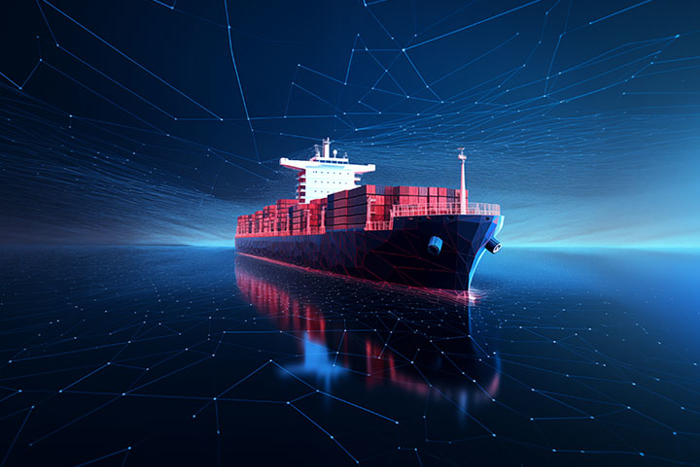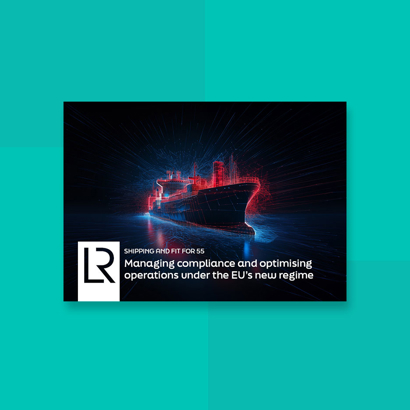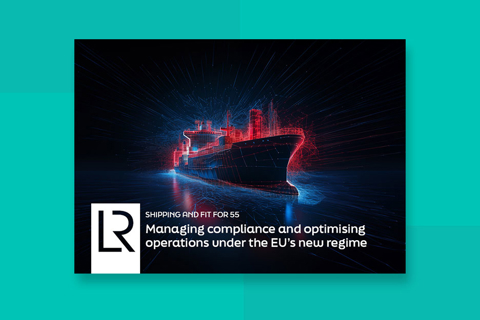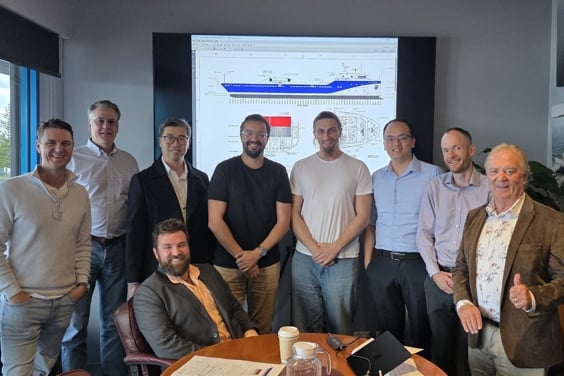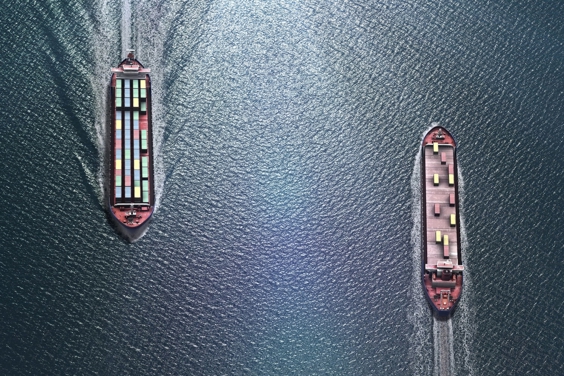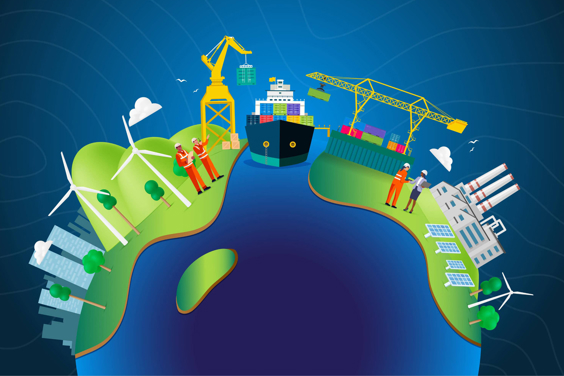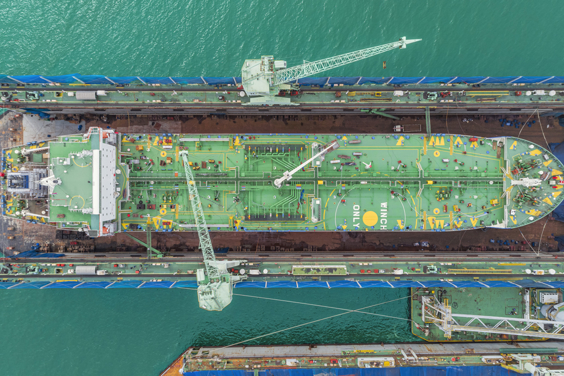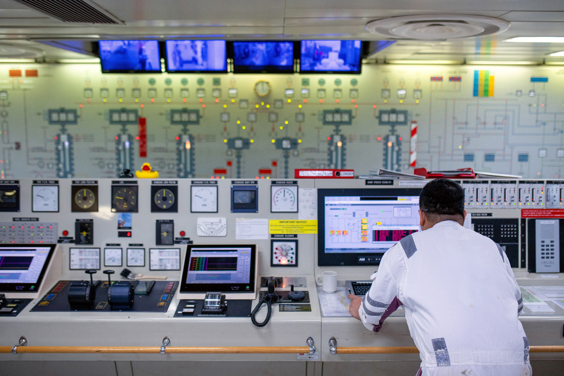To reduce greenhouse gases by 55% to 2030, the EU introduced the EU ETS and FuelEU, part of the Fit For 55 package of regulations. Now, every owner, manager and charterer must manage their emissions and consider less polluting fuels. LR’s emissions management portfolio helps you to mitigate risks and reduce costs while staying compliant. Be future confident with the new standard in emissions management.
Navigate the emissions process with our complete solution
LR’s Emissions Management solution quickly gives you access to the regulations, your voyage-by-voyage emissions, together with providing verification, advisory and planning support that saves you time and resources to be future confident. Effectively measure, plan, monitor and mitigate your risk simply and effectively using LR’s complete Emissions Management Solution. The solution gives you:
- Emissions Management Compliance
- Monitoring, reporting and verifying your emissions
- Operating safely, sustainably and profitably
- Retrofit Solutions
Take control of your emissions exposure and enable your strategy with OneOcean Risk Manager. Simulate, Plan, Manage and Verify your FuelEU and EU ETS exposure effortlessly in one platform.
Risk Manager leverages LR OneOcean's extensive global experience in vessel routing backed by the industry’s finest vessel models, weather forecasts, and route optimisation engine to help you accurately manage your FuelEU and EUA exposure effortlessly.
LR is an accredited third-party EU & UK MRV verifier and a Recognised Organisation (RO) for IMO DCS. Upon submission of data from your end, we carry out the necessary checks and verification procedures with the outcome of the issue of the respective certification required to be kept onboard and presented at any interested party (Port State Control/ Authorities, etc.)
With 260 years of experience, LR is perfectly placed to tackle energy transition, guiding the industry to resolve sustainable business ambitions, including retrofits.
LR Advisory services help our clients take control of their unique regulatory journey and gain both a comprehensive understanding of their risk-profile in the new regulatory environment, and a competitive advantage by managing their exposure to new costs.
From feasibility, through conversion in the shipyard, to in-service operation, we provide a full range of services designed to help clients identify what makes sense, what is possible, and what will work best, so they can implement practical solutions to stay competitive, compliant and reduce the risk exposure in a fast-changing word.







